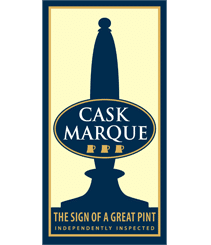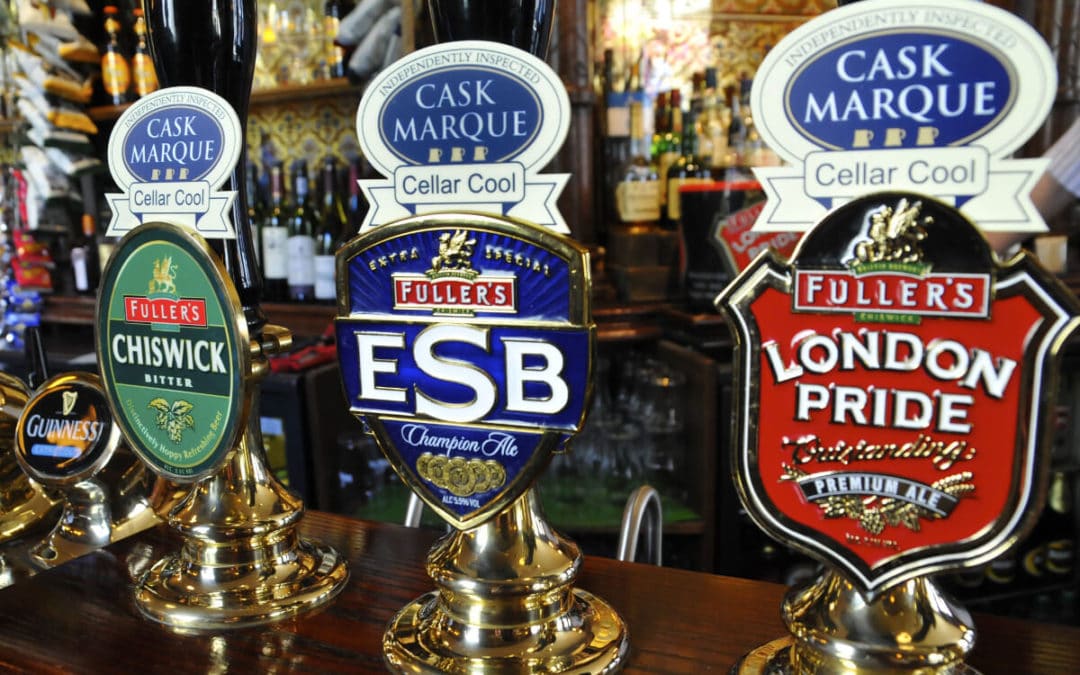Can you make more profit from beer – In pubs beer typically represents 63% of wet sales (AC Neilsen) but do we spend any real time ensuring that we give total customer satisfaction in this area?
Beer quality and range can affect sales by 3% and improve yields by 7% (Beautiful Beer Pilot). This means in a pub with a take of £5,000 a week in the bar you can improve your bottom line profit by an extra £13,000 per year. How do you take up this opportunity?
Stocking Policy
Have you reviewed your draught and bottled beer range? Life has moved on in the last few years with a wider range of premium lagers and of course ‘extra cold’. The number of pumps on the bar depends on your throughputs. With both lager and keg ale you must sell a container once placed on sale within a maximum of 5 days. Cask as it is a living product must be sold within 3 days. Overstocking leads to fobbing and deterioration in beer quality.
Ordering/Delivery
When your next delivery arrives ideally you should have 3 days stock remaining in the cellar. This gives the new beer time to adjust to the cellar temperature thus preventing fobbing, particularly in the summer. All beer delivered must have at least 14 days for cask and 21 for lager and keg left before its ‘sell by date’. Selling old beer leads to fobbing and deterioration in beer quality.
The cellar
Beer is a food and you should treat your cellar like a kitchen. Immediately clear up any spilt beer and once a week just before your delivery spring clean the cellar. Hygiene is very important, particularly with regards to cask ale which is exposed to air and therefore bacteria can quickly affect the beer quality leading to increased ullage returns.
Line Cleaning
Always a chore but must be done every 7 days without fail. Dirty beer lines have yeast build up leading to tainted beer and fobbing caused by the gas ‘exploding’ out of the beer. Choose a set day every week so it becomes a routine and follow the ’instructions on the tin’. Leaving line cleaning to soak longer in the pipes does not give cleaner lines, but as it is an acid eats into the pipe itself. Always use a reputable brand of line cleaner as your time is valuable. Always ensure your staff are aware that line cleaning is in progress by placing signs in the bar.
If you are fortunate to have surplus cask ale pumps it is good practice to flush through the line with cold water when changing a cask.
Dirty beer lines are a major sin.
Stock Rotation
I know it sounds obvious but always use the oldest dated stock first. i.e. First in, first out principal. This will help to ensure that you are not left with old stock.
When connecting a keg ensure the head coupler is clean and with cask always try the beer in the cellar before connecting as if it is not satisfactory you will contaminate the lines with a resultant waste of beer and your time. As a routine always clean the head couplers when you clean the beer lines.
Temperature
Cellar temperature should always be 11°-13°C and remain constant. Therefore do not leave the cellar door open or switch off the cooling at night. Cask beer conditions better in these temperatures and the gas pressure on dispense for keg is set for beer to be held at this temperature. Beer too warm or too cold can fob.
The next key temperature reading is the beer in the glass. Recommended temperatures are:
Lager & Keg – 5°-8°C
Extra Cold – 1°-3°C
Cask ale – 11°-13°C
Bottled beers – 4-6°C
You must check these weekly. Not only does it ensure that the customer is delivered a refreshing pint but it will indicate when your dispense equipment is malfunctioning and might warrant a cellar service call. This may prevent a complete breakdown of the system which will typically happen when the system is under the most pressure. i.e. in your busy period.
Glassware
You may think your glassware is clean but beer leaves a film on a glass in time which will lead to flat pints. Cask Marque on their inspections carry out the water break test. It shows that 40% of pub glassware is dirty. Check your own glasses. Fill a glass with cold water ensuring the outside is dry and then invert. If when held up to the light globules of water cling to the glass you need to renovate your glassware. You should also renovate your new glassware as the manufacturers mould leaves a deposit on the glass.
Dirty glasses look unhygienic and make the beer dull and flat in presentation.
Pouring
A simple task but it needs to be done with care to give a good head on the beer. Remember customers drink with their eyes.
The glass should be held at a 45 angle ensuring the glass does not touch the tap. Open the tap fully in one smooth action and allow the beer to flow down the side of the glass. Straighten the glass gradually as it fills ensuring the spout remains above the surface of the head. Take care not to spill into the drip tray. Did you know that filling one drip tray per day with wasted beer is equivalent to almost £14,000 of lost sales in a typical 10 tap account. If possible use a branded glass to improve presentation. Never but never serve a beer in an incorrect branded glass.
Closing Time Routines
- Turn off the gas in the cellar as this will prevent excess gas being absorbed into the beer and thus reducing fobbing
- Hard spile your cask beers to prevent air contamination and retain condition
- Clean the glasswasher and remove and soak the tap sparklers
If you wish to learn more about cellar management and making increased profit from beer sales why not take a days cellar training course linked to the Bii Award in Beer & Cellar Quality (ABCQ) qualification? Cask Marque have training centres at breweries across the UK and the course costs as little as £75 + VAT per day plus examination fee. Why not send your staff?
For more information please contact Cask Marque on 01206 752212



